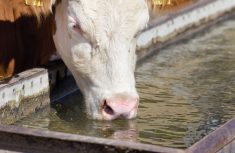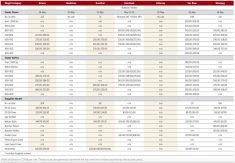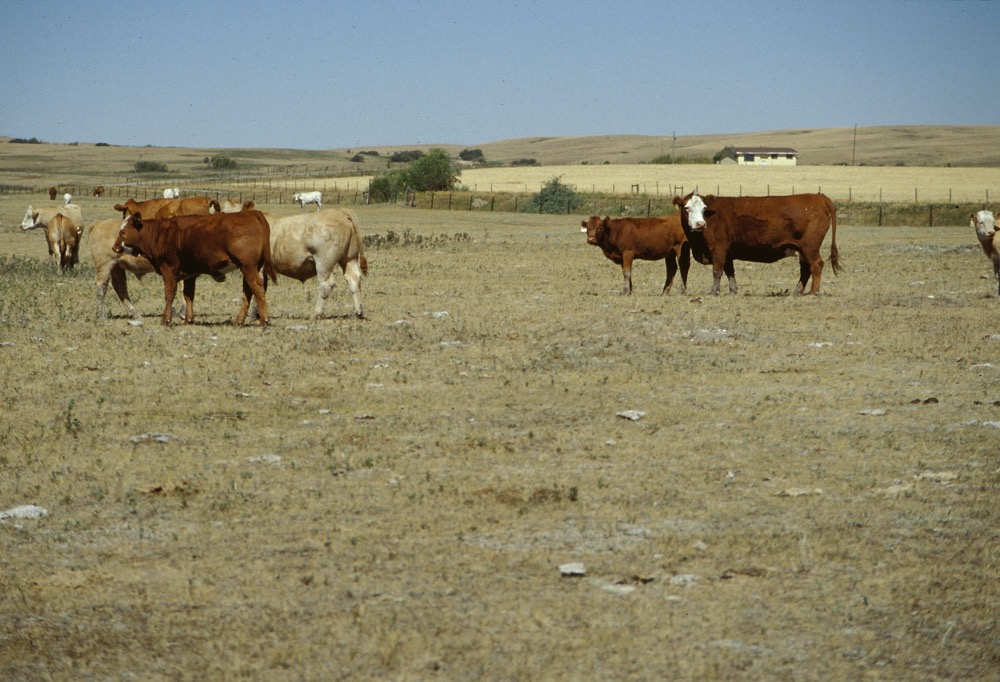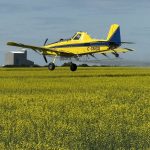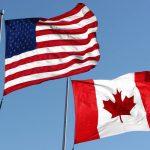I hope everyone will seriously question if we need to brand — and if we do, how best to do it.
I have heard several veterinarians and animal welfare scientists discuss if branding in its original form is even needed today. Lots has changed from the days of the wide-open range where cattle were mixed and the brand was the only proof of ownership.
We have better retention identification tags, most herds aren’t mixed, cattle very seldom escape, and we can even do DNA testing if we have to. If we do brand, there are ways to minimize the pain (or make the characters smaller or use less of them).
Read Also

Canada’s BSE program has seen steps forward
Canadian cattle farmers and local veterinarians have a key role in maintaining Canada’s BSE negligible risk status that protects Canada’s beef trade.
I wrote about this topic over 15 years ago — and got lots of flack and letters to the editor. I will see if this article further stirs up discussion on a topic that has been skirted around.
There is a cost of branding in terms of labour along with stress on the calf and pain it causes. It may be the greatest single processing cost to the industry, and one that has almost no upside. Before the advent of ear tagging and when vast ranges were shared, it was necessary for herd identification. Now better retention ear tags doubled up with CCIA tags (and in feedlots sometimes tripled up with dangle pen tags), individual identification is rarely in question. In the event of legal disputes over ownership, there have been rare cases that have been solved with DNA samples of hair. But brands can be altered, new brands applied, and disappear when rustled cattle are butchered and skinned.
We need to strongly press the issue of financial organizations in the west asking for brands. Feeder associations should lead on this issue. They have required the split bar which albeit identifies cattle as feeder association cattle. It becomes a big brand and if cattle are refinanced through other members of the family, requires yet again another brand. (No wonder hides soon have no value as they are pockmarked with brands. We see this with trader cows where multiple brands are evident.)
Our own CFIA needs to take the moral high ground and push to eliminate the need for branding with the C (upside down V) N going into the U.S. This imposes unnecessary costs and pain for the cattle even though we have CCIA tags and the necessary paperwork and disease status to enter. The same requirement is not there for cattle entering Canada from the U.S. which was odd right from the beginning.
Even if ranchers started by eliminating branding to only their replacement heifers, there is still the need to do all the other processing procedures in the spring including castrating. Most producers have started giving NSAIDs (non-steroidal anti-inflammatory drugs) such as meloxicam or banamine to all the calves at spring processing. Castrating is deemed to cause the biggest amount of pain but the heifers were also branded so treating with painkillers at branding time is becoming routine. Many put on a soothing product (such as aloe vera or other sprays) to promote healing. Most see the need to give something for pain when cattle are branded or to promote healing.
The national Beef Code of Practice recognizes this: “When branding is required for export, by policy, or as permanent proof of ownership, it must be performed with the proper equipment, restraint and by personnel with training or sufficient combination of knowledge and experience to minimize pain to the animal.”
The code also says producers should minimize size of brands, should not rebrand, and states face branding is not legal. (This is a good time to mention that identification methods such as ear splitting; creating the wattles on the dewlap or cheek; cutting the end of the ears off; or ear notching — although not talked about — probably need to be identified as not appropriate anymore.)
It all comes down to the social licence. And quite frankly, I don’t see the need anymore. (We can’t avoid the occasional ear ripping occurring from ear tagging, but the breakaway ear taggers really help prevent that.)
I can only hope that those who brand at least give NSAIDs (either at the time or preferably before). Technically veterinarians would need to prescribe them for those procedures, and I don’t know many who would agree with those processes.
Today, only about 10 per cent of cattle are branded — and it occurs almost exclusively in the three most western provinces. I once had a very knowledgeable producer from Ontario say he thought it must be illegal not to brand cattle in the west. I said no, it just seems this way.
Community pastures in Alberta even require a lot number or patron number on a tag, so again, there is very little need to brand in my opinion. Some forward-thinking grazing boards maybe need to put this issue on the agenda. I know many producers who only brand the calves going to the grazing reserves these days. Branding is barely done anymore in the northern half of Alberta, so we all need to try and convince policy-makers for financial institutions, such as banks or feeder associations and grazing reserves to seriously look at these long-standing requirements.
The rest is up to you, the producers. Decrease usage wherever possible and if absolutely necessary, use NSAIDs or other pain control treatments as prescribed by your veterinarian.
We need to keep reducing the necessity to brand wherever possible as it is part of that social licence for raising cattle.







